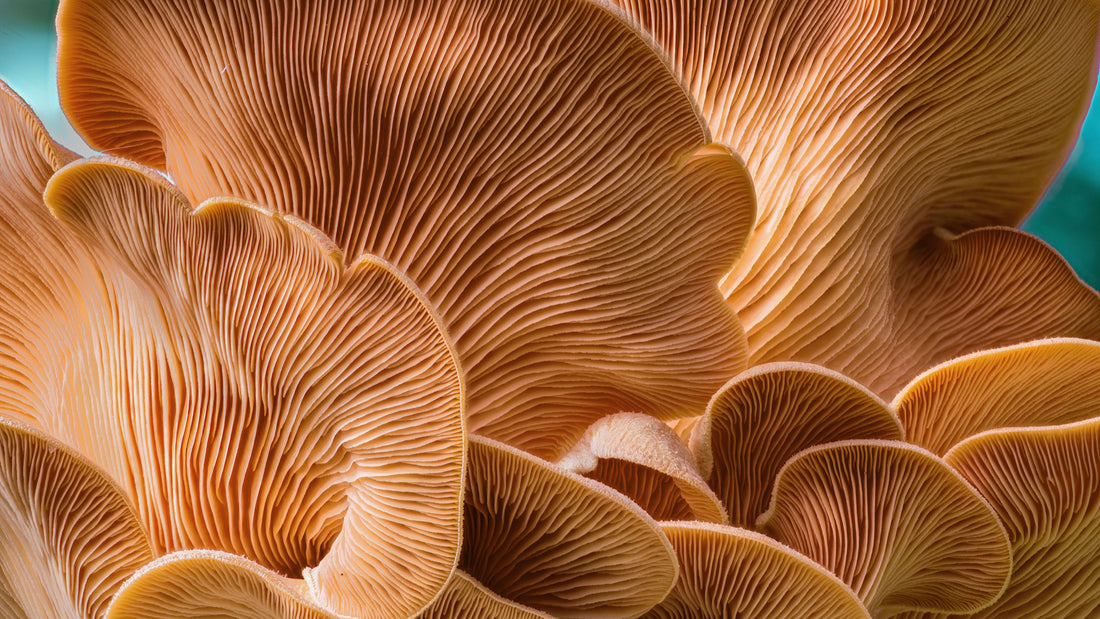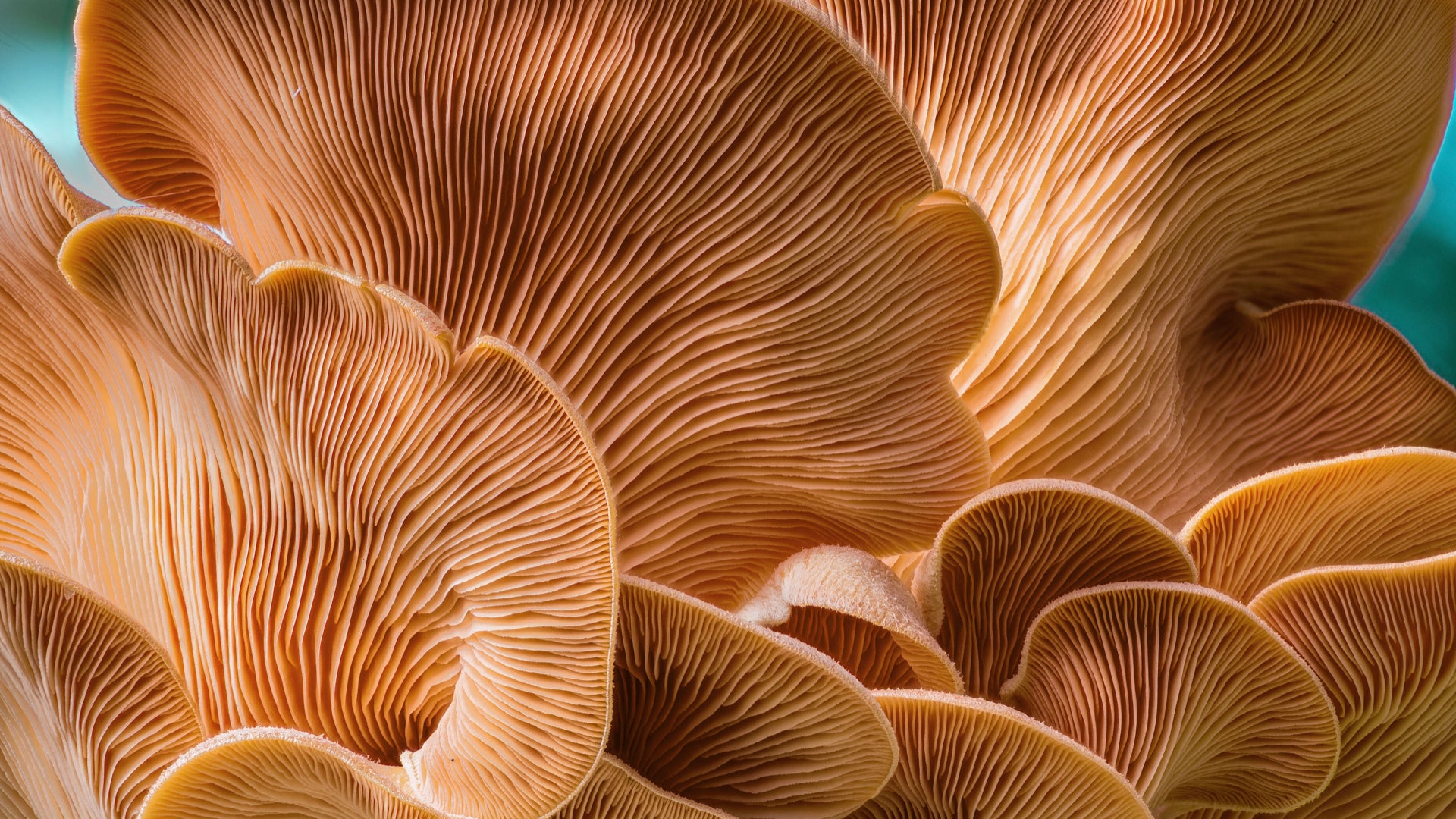
A New View On Going #2
Share
Have you ever wondered what happens to your cat-hole when you hike away? Are you worried about the impact of human waste on the environment?
CDTC has recently started partnering with PACT Outdoors, a company seeking to reimagine the backcountry bathroom experience through the use of mycelium. Mycelium, the network of root-like filaments, makes up the bulk of a fungus and spreads throughout soils and other substrates. (The mushrooms you see above ground are the fruits of the plant, not the majority of it!) By dropping one of PACT's tablets of mycelium into your cat-hole, followed by a wetted wipe made of paper (conveniently used for post-#2 cleanup), the fungus can quickly break down your waste, without disrupting the local environment.
CDTC caught up with mushroom researcher and author Tradd Cotter, to learn more about how these fungi can help human waste disappear faster.
Cotter reports that he was approached by PACT to help find a species of mushroom native throughout the U.S., viable in a variety of ecosystems (though not all — some extreme conditions do not work well), which was active against e coli and coliform bacteria. From his laboratory’s library of 300 possibilities, Cotter had a few in mind and was able to conduct lab tests to determine which species could best break down solid human waste.
“This is the ‘sh*ttiest’ job I’ve ever had but also the most rewarding,” Cotter says, laughing. He says that he had a prior interest in the possibility of fungi to break down waste and was excited to be approached by PACT to conduct further research. However, due to the smell, he worked solo on the project. “I did keep the lab techs away from it!” he says.
After identifying which fungus was most useful for breaking down the waste, the next step was figuring out what kind of wipe would best act as a nursery for the growing fungus. Synthetic wipes were quickly dismissed as non-optimal, but Cotter found that a wetted paper wipe was a fantastic support to the growth of the fungus.
Cotter reports that the mycelium “use the paper as a battery and really leaped off and attached to the fecal materials and the coliforms like a springboard. Mushrooms are very opportunistic, so they’re going to go for the fast food [like the wipe] first, and then they’re going to go after what’s next, they’re going to look for food sources — and e coli is 50% protein. The mushrooms stun, kill, and deactivate the enzymes and use the e coli as a nitrogen source.”
Cotter reports that because the wipe jumpstarts the process, the mycelium can colonize the waste in a variety of conditions and climates. And, good news for your #1 concerns, too: Cotter reports that urinating in the same cat-hole will not interfere with the colonization process. This may be a new way to use a backcountry bathroom with peace of mind!
During the month of May, PACT is donating $10 from every all-in-one bathroom kit sold back to CDTC.
This article was originally published in the Spring Issue of Passages Magazine, an online publication put out by the Continental Divide Trail Coalition. The article is written by Allie Ghaman, CDTC Communications Manager. We are republishing here with permission.






